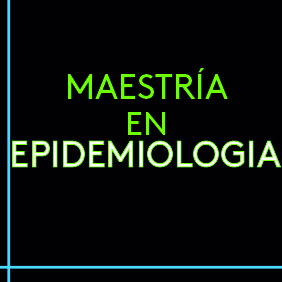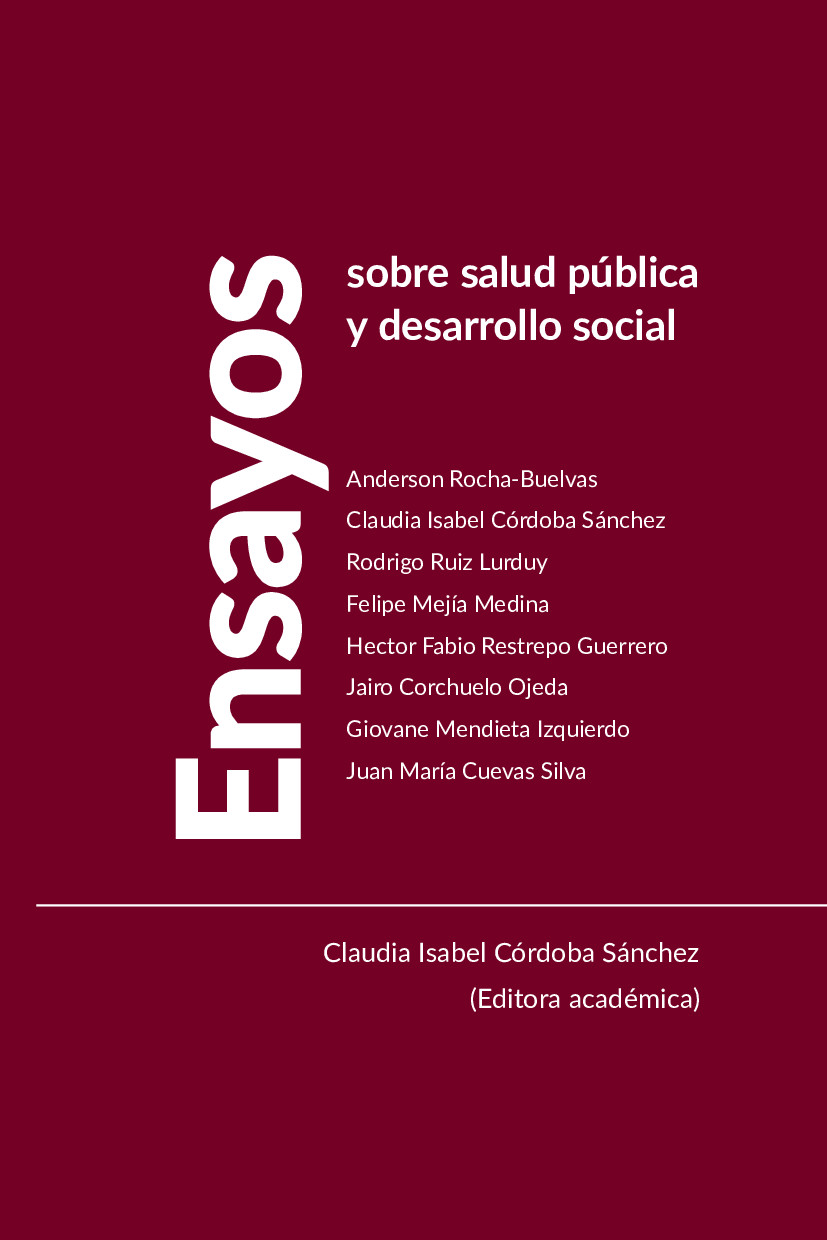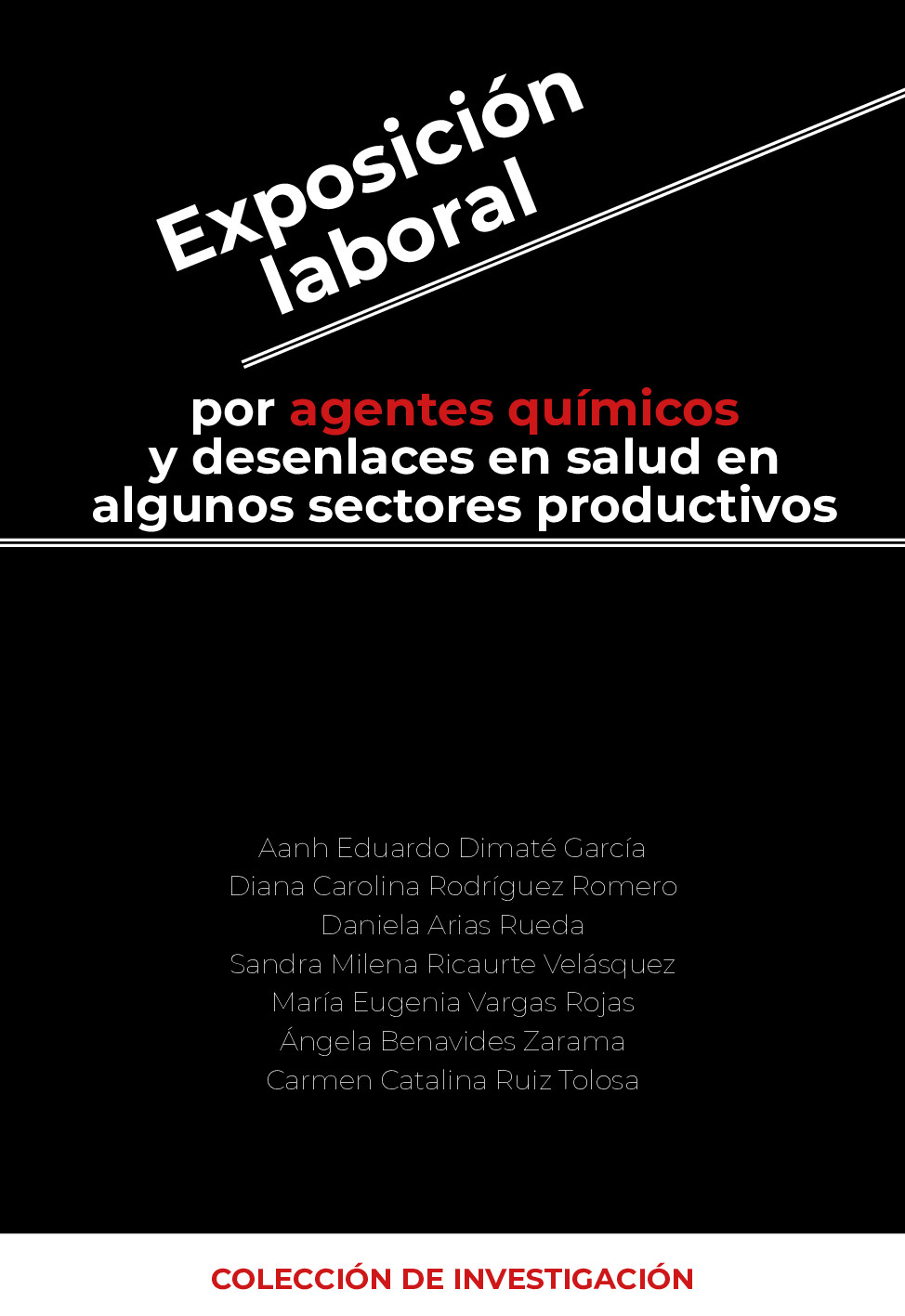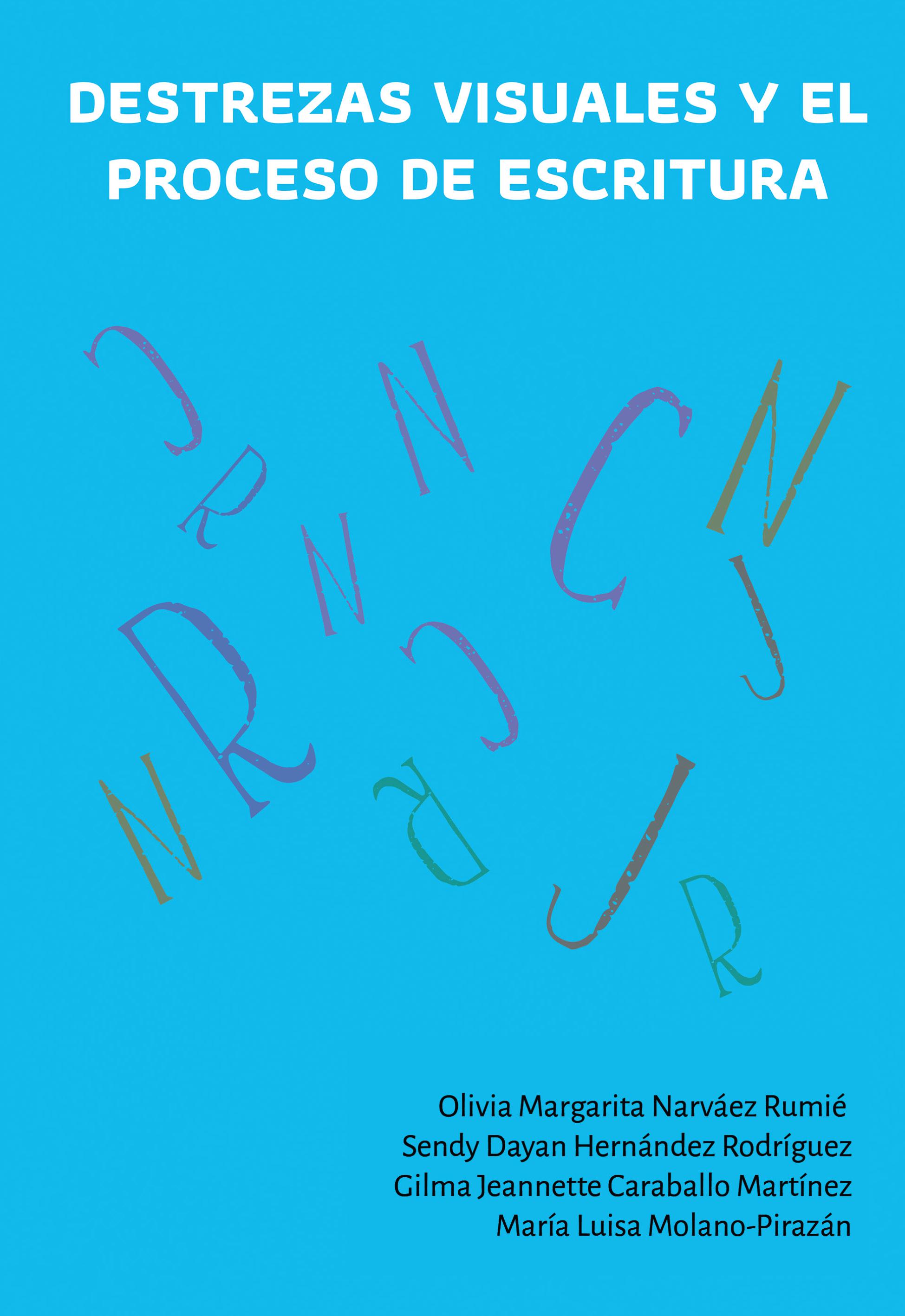Abstract
El objetivo de esta investigación fue establecer la probabilidad de supervivencia y la morbilidad de los neonatos con muy bajo peso al nacimiento, en un hospital de tercer nivel de Colombia. Para este fin se evaluaron todos los neonatos nacidos vivos con peso inferior a 1500g en el Hospital General de Medellín, entre 1996 y 2004. Resultados: durante el período de estudio ingresaron 1443 neonatos. 54% de las madres recibió esteroides antenatales y 17.1% de los neonatos recibió surfactante pulmonar. La media del tiempo de supervivencia de los neonatos con peso inferior a 1000g fue menor a un día. Ningún neonato de 23 semanas o menos egresó vivo. La probabilidad de ingresar a la Unidad de Cuidado Intensivo Neonatal fue significativamente menor entre los neonatos menores de 1000g, que entre los neonatos de 1000 a 1490 g, y el RR = 0.54 (IC95%: 0.44-0.65). La mortalidad de este grupo fue mayor de manera estadísticamente significativa, que entre los de 1000 a 1490 g, y el RR = 3.8 (IC 95%=3.3-4.3). La fracción atribuible en la población (RAP%) debida al extremo bajo peso al nacer fue de 47.8%.
Abstract
The aim of this trial was to measure the neonatal survival rate and the morbidity of the very low birth weight infants in a third level hospital in Colombia. In the Hospital General of Medellín were evaluated all the neonates born between 1996 and 2004 with a birth weight less than 1500g. Results: 1443 neonates were enrolled to this cohorte-study 54% of the mothers got antenatal steroids and 17.1% of the neonates got pulmonary surfactant. The neonates with a birth weight less than 1000g had a survival time median less than one day. No one neonate with 23 weeks or less of gestational age went away live. The likelihood of enter to the neonatal intensive care unit was significant lower in neonates with a birth weight less than 1000g that in the neonates with a birth weight between 1000 to 1490 g, RR = 0.54 (CI95%: 0.44-0.65), the mortality in the first group was greater than in the second group, RR = 3.8 (CI95%: 3.3-4.3). The percentage of attributable risk in the population (%PAR) was 47.8% caused to have a birth weigh lower than 1000 g. Conclusions: There is a lower risk to enter at the neonatal intensive care unit in those neonates with a birth weight less than 1000g, and the survival rate of this population is diminished because of this. The high likelihood of dying due to the extreme low birth weight must call the attention of the sanitary authorities, because this evaluates of indirect way the quality of attention that receive the obstetrical patients. Cohort studies should to carry out in this population for evaluating the long time prognosis and would allow design policies of maternal and neonatal health.
Keywords: very low birth weight infant, neonatal intensive care unit, neonatal mortality, survival rate, pulmonary surfactant, neonatal respiratory distress syndrome, bronchopulmonary dysplasia.
Licence
Authors should declare no conflicts of interest either for reasons of financing the project which is the result of the article; as well as intellectuals, academics, moral and investigative reasons.
The Journal of Andean Research is home to the ethical rules for publications issued by the COPE: http://publicationethics.org/resources/code-conduct

 PDF (Español (España))
PDF (Español (España))
 FLIP
FLIP

















